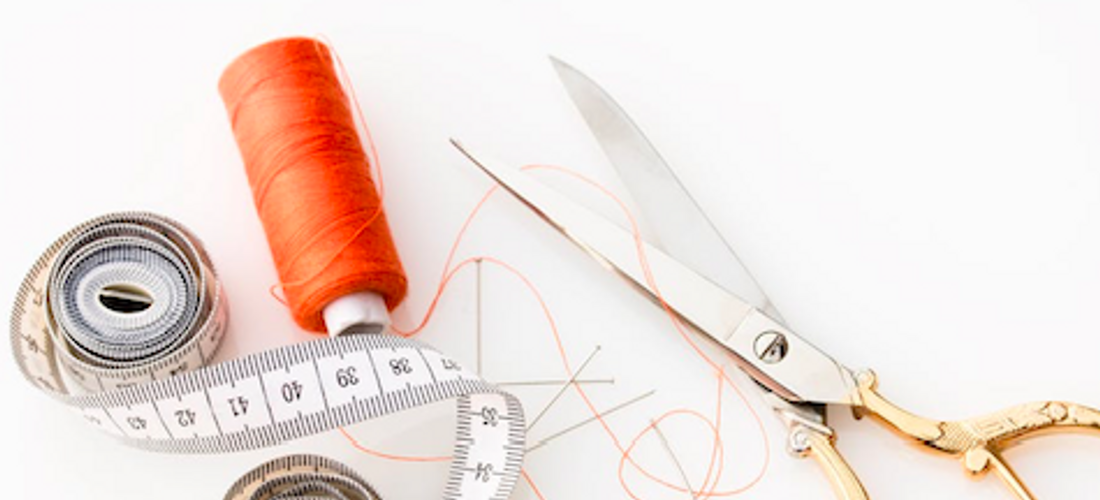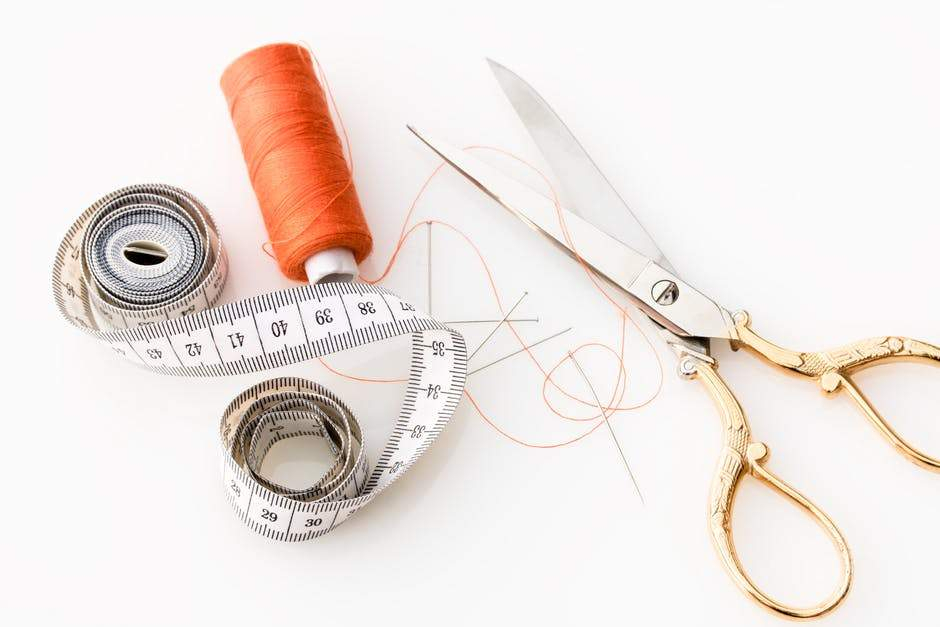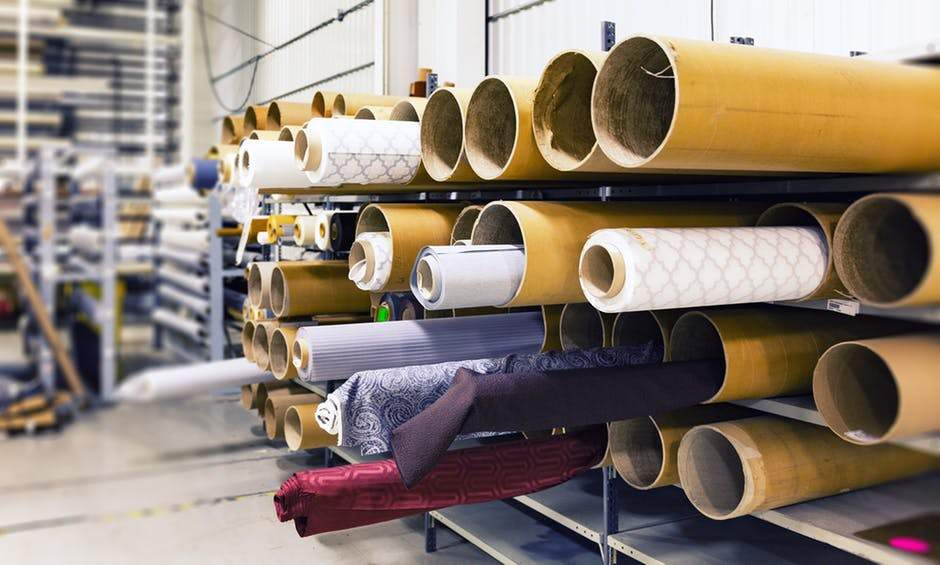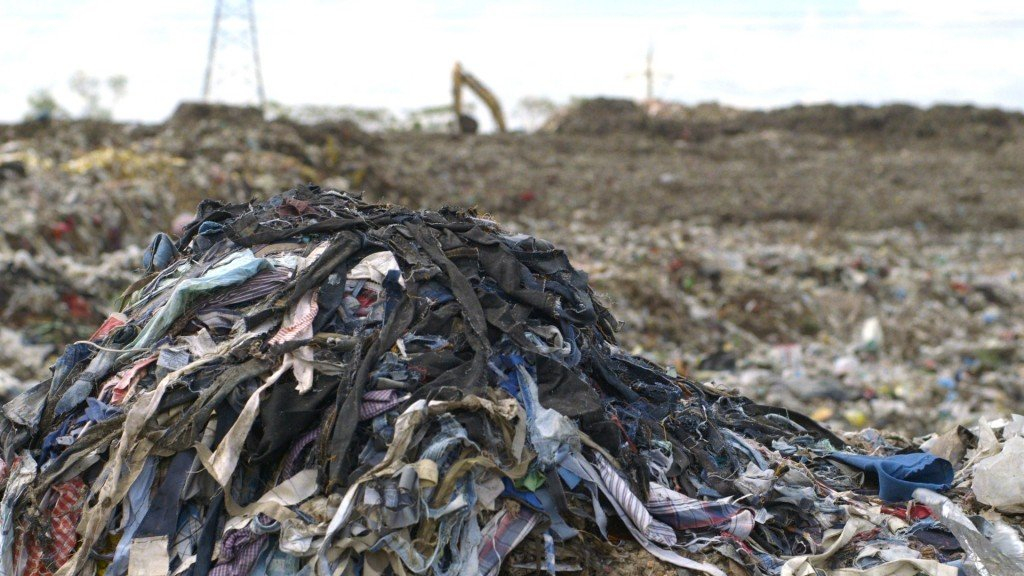Ethics, Sustainability, & The True Cost of Clothing – The HH Perspective
Fashion
|
Jul 24, 2018
|
6 MIN READ

Some of the most common questions we get at Haute Hijab have to do with what goes into making our hijabs.
As the Merchandise Planner on the team, it's my job to work directly with the manufacturers who make our hijabs. Melanie and I work closely to choose the perfect colors and prints, and we're always on the lookout for the latest in sustainability and innovation as we develop our products. We’re not always where we want to be in terms of completely ethically-produced products across all our hijab categories, but we are trying to learn more and figure out how we can do better as our company grows and more information becomes available about how to improve all areas of our company with a more eco-friendly business model.
As a result, I spend a lot of time thinking about the ethics of the way we consume clothing, and it's an issue that's very close to my heart.

The True Cost of Clothing
Every item of clothing we purchase has a fairly fixed cost with a simple formula – one that suspiciously doesn't make any mention of retail value:
Raw materials + Time and labor + Margins = Garment
Before clothing was mass-produced, I'd wager that most people felt a lot closer to this reality because they literally bought (or created, or recycled or found) fabric and made their own clothes by hand.
Now, in the age of instant gratification through purchasing and after a lifetime of fast fashion, I think a lot of us – myself included – have a distorted sense of what clothing really costs. The truth of what a person's time costs has been distorted by unfair labor practices, and the reality of what raw materials cost has been distorted by unwise stewardship of natural resources and the development of those resources.
The result of this is that the "cheap" option, once you break it down, is actually far more expensive as well as harmful to the environment in a multitude of ways.
That suspiciously low price tag often means that raw materials were harvested in a manner harmful to the earth, used in a careless way that will break down and be thrown away much more quickly and developed in factories with substandard labor practices. It often means that the person who made it was not compensated fairly for their time.
No single person is to blame for the fast fashion trend, of course, and no single person can solve it alone. The silver lining is that, while fashion can be an incredibly wasteful industry, it actually has the power to create a lot of positive change, too. With intention and careful investment in sustainable strategies, "just clothes" can become meaningful garments in more ways than one.

What does Haute Hijab do to create a culture of sustainability?
At Haute Hijab, our mission is to empower Muslim women by producing beautiful hijabs for them and supporting them in a variety of manners – so treating people well and using resources wisely is at the core of our company's identity. Here are some of the measures we take to make sure it stays that way:
And this is only the beginning! We are constantly looking for other ways to use more sustainable fabrics and improve our processes because we know there are a LOT of other ways we can improve our products and business practices to meet a higher standard of ethical fashion. It’s a slow journey, but we’re determined to keep progressing in the right direction.
One thing you'll continue to see more of from us is an increased emphasis on natural and eco-friendly fibers. From our light-as-air Essential Silk collection to our brand-new Ultimate Underscarves made with a high-tech bamboo viscose fiber you have to touch to believe, we are working to assess all our fabrics and figure out ways to transition to more sustainable ones in the coming months.

What we can do as consumers
No one person and no one choice is one-size-fits-all perfect – that's a given. But every little bit of positive change that we can make, makes a difference. As a company, we obviously have that much more responsibility towards others to make sure our practices are as sustainable as possible, and certainly we have a long journey to make towards this.
When it comes to our responsibilities as individuals, however, we should first and foremost be accountable to ourselves.
One of the biggest steps we can take as consumers when it comes to clothing is to buy less and buy better. As tempting as those fast fashion steals can be, how many of us have bought something cute only for it to fall apart after one wash? Also, we should take the time to research the companies from which we buy. It takes a mindset shift, but if you encourage yourself to invest in high-quality, ethically-made pieces that make you feel truly awesome, you'll never be without something to wear, and you'll know that it was made in a way that's better for the environment, for the people who made it, and ultimately for you too.
I am *constantly* thinking about ways to continue to provide you with beautiful, comfortable, ethically made, sustainable hijabs – and I'd love to hear your ideas! If you ever have questions or suggestions about our production and practices, don't hesitate to drop me a line at erin@hautehijab.com!
Love this post? Don't be selfish – share it with your friends! As a consumer, how do you feel about this topic? Share in the comments below!
Subscribe to be the first to know about new product releases, styling ideas and more.
What products are you interested in?

